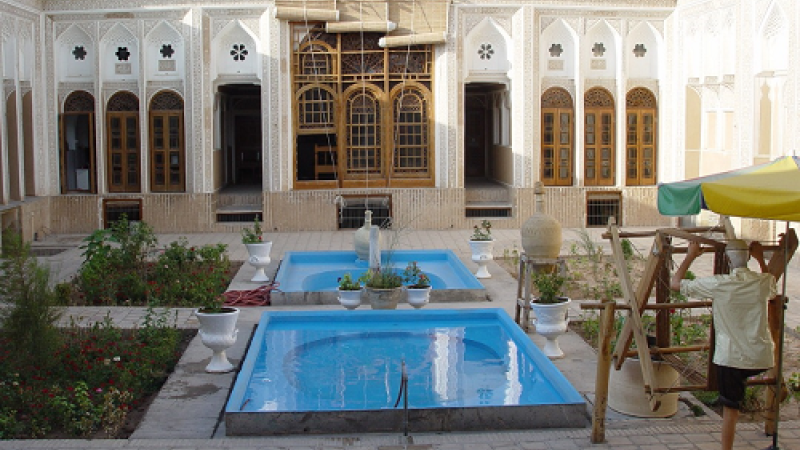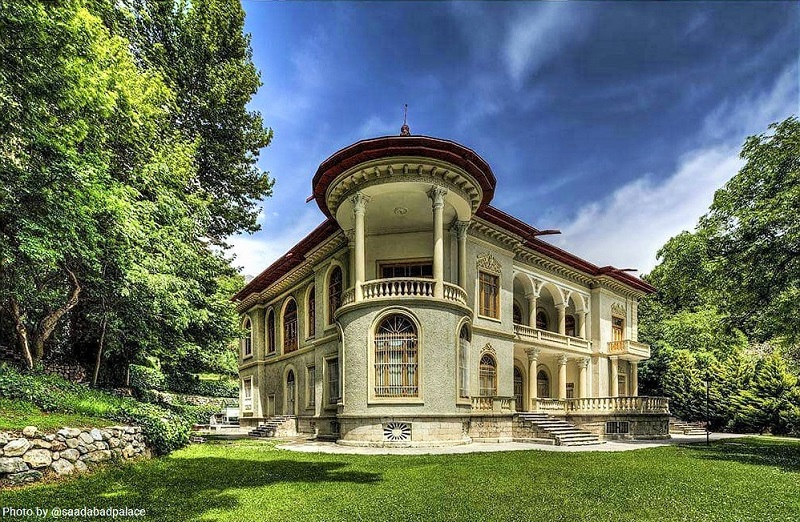
Tabriz Museum of Natural History; A Place to Get to Know the Nature of Northeast Iran
Among the types of museums, museums of natural history depict the biological and wildlife diversity of each region, and in this sense, they are very interesting and spectacular. There are several museums of natural history in Iran, of which the Tabriz Museum of Natural History is one of the most attractive ones. Even though this museum has an area of 200 square meters only, many species of animals have been put on display for visitors.
Characteristics and Importance of Museums of Natural History
Museums of natural history are the places where samples and evidence related to nature are preserved and classified. Today’s man finds less opportunity to be in nature, therefore, museums of natural history can be seen as facilitators of man’s presence in nature, which provide an opportunity for human self-awareness. In this type of museum, efforts are made to introduce animals to the visitors as they were in nature so that the diversity and beauty of creation can be witnessed.
Promoting the relationship between man and nature, increasing one’s knowledge about wildlife and the importance of animal and plant species in human life, presenting the ecological image of nature, and classifying natural heritage are the most important goals behind creating museums of natural history.
One of the most important techniques used to prepare museums of natural history is taxidermy, which allows animals to be preserved for a long time and displayed. There is a misconception among some people that taxidermy is the result of injecting electricity into the body of a live animal. However, in this technique the skin of the dead animal is removed, its excess fat and meat are discarded, the skin is tanned and then molding takes place and finally eyes and other organs that are separated from the body are added to it. In this way, a complete figure of the animal’s body or its head and neck are reconstructed. This is the technique used in the Tabriz Museum of Natural History for persevering the natural history of animals.
History and Characteristics of Tabriz Museum of Natural History
This museum was opened in Tabriz in 1993. The interior space of this museum is designed in such a way that in addition to the appearance of each animal, its living environment is also displayed for visitors.
In a part of the museum, specimens related to extinct animals are placed. In this way, visiting the Tabriz Wildlife Museum takes the visitors to millions of years ago when dinosaurs ruled the earth. In this section, the taxidermy bodies of several domestic and hunting species of birds are placed next to the skeletons of some rare animal species.
The second part of the museum, which is slightly bigger than the other part, is dedicated to the display of taxidermy figures of mammals, reptiles, birds, and aquatic animals. Complete information about the species and its habitat can be found next to each figure.
A total of 60 species of mammals, 92 species of birds, 15 species of reptiles, seven aquatic species, two types of fossils, four animal skeletons, several samples of crustaceans and arthropods, and specimens of dinosaurs from the second geological period (about 50 million years ago) are at display in the Tabriz Museum of Natural History. The presence of valuable fossil areas in East Azarbaijan province, especially in Maragheh, Tabriz, Warzaghan, and Shabestar, has made it possible to enrich this part of the museum.
Samples of white-headed ducks, demoiselle cranes, whooper swans, flamingos, white pelicans, ruddy shelduck, pintail, and several other species of birds and animals related to the water and wetland habitats of East Azarbaijan province can be seen in this museum. Moreover, the native species of East Azarbaijan province, the taxidermy figures of the Caucasian black rooster as an outstanding species of the Arasbaran ecosystem, Arsbaran pheasant, partridge, and francolin are also on display in this museum.
One of the most important techniques used to prepare museums of natural history is taxidermy, which allows animals to be preserved for a long time and displayed.
| Name | Tabriz Museum of Natural History; A Place to Get to Know the Nature of Northeast Iran |
| Country | Iran |
| State | East Azerbaijan |
| City | Tabriz |
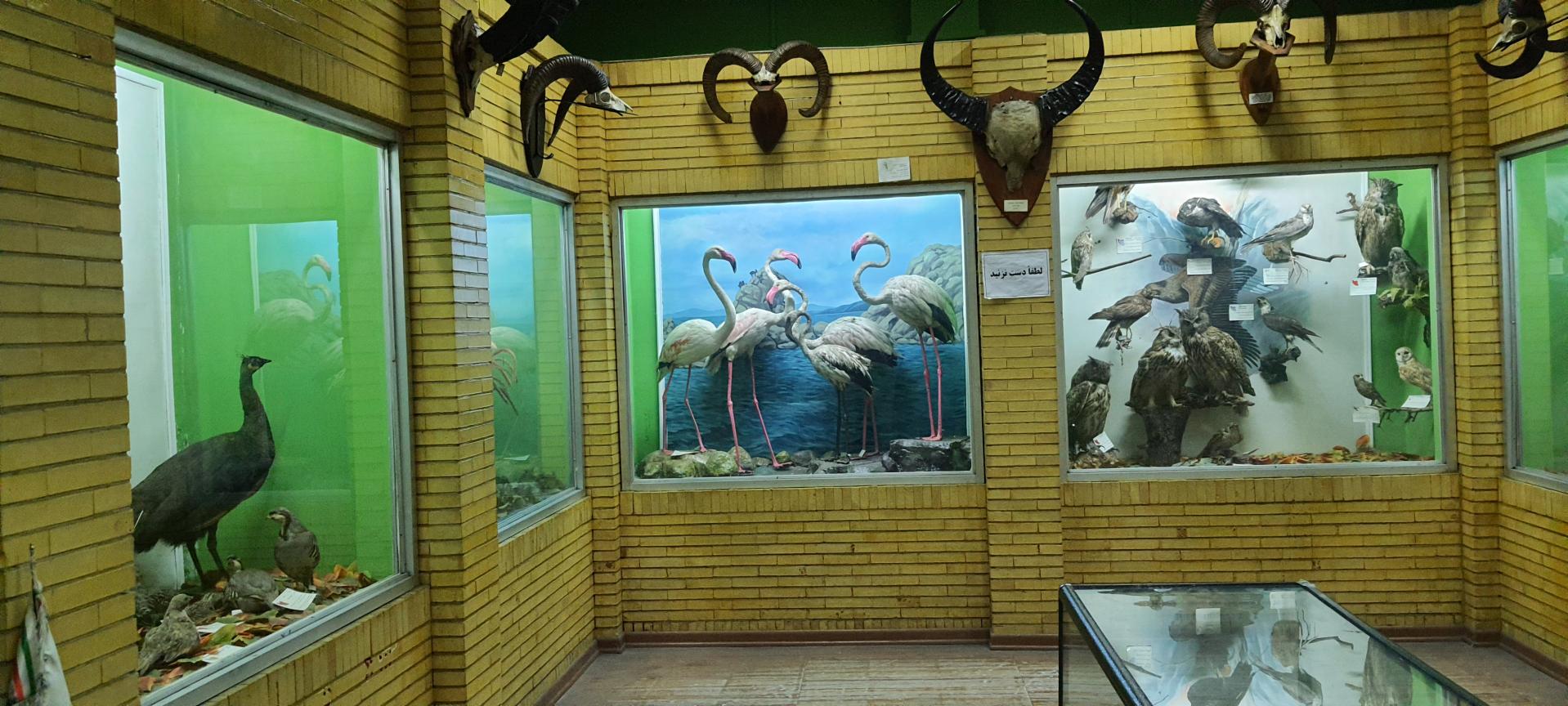
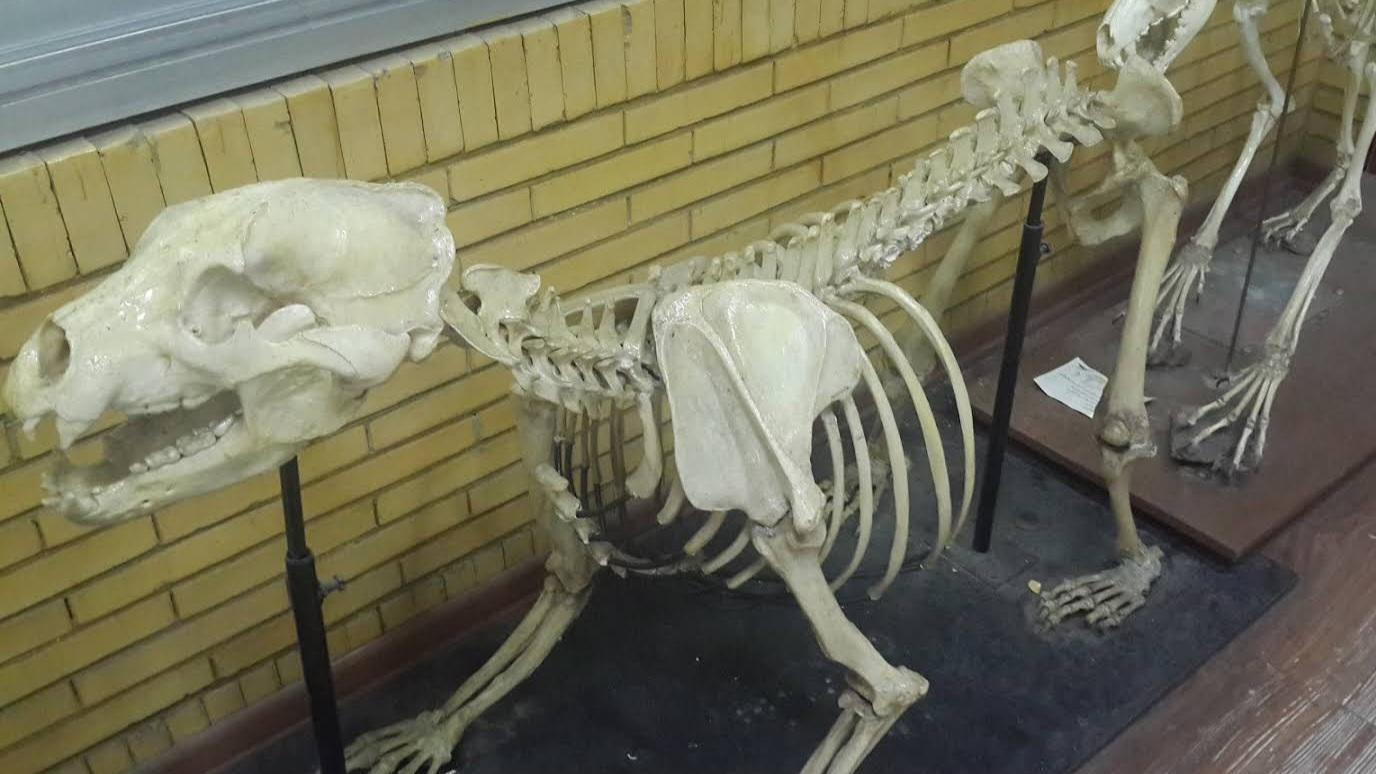

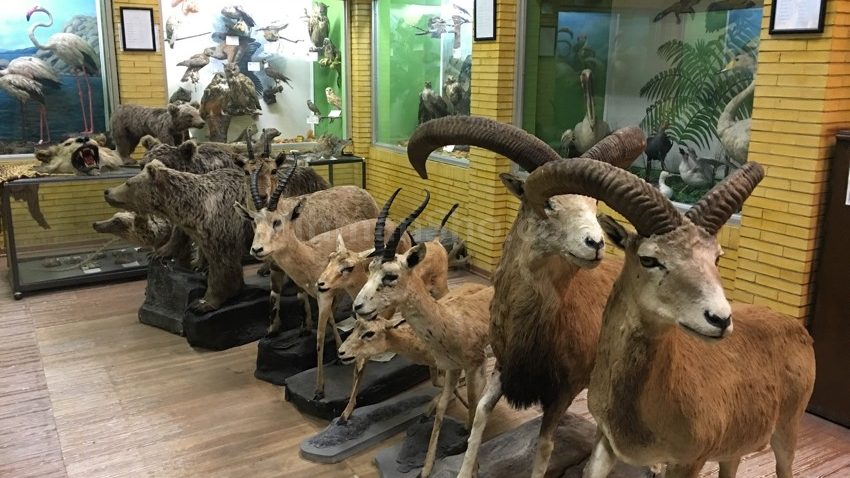
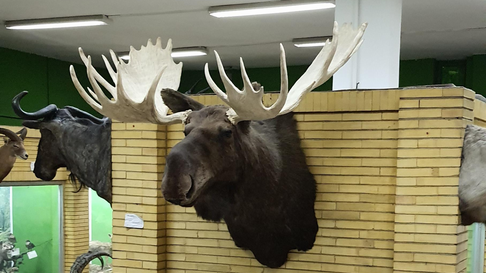
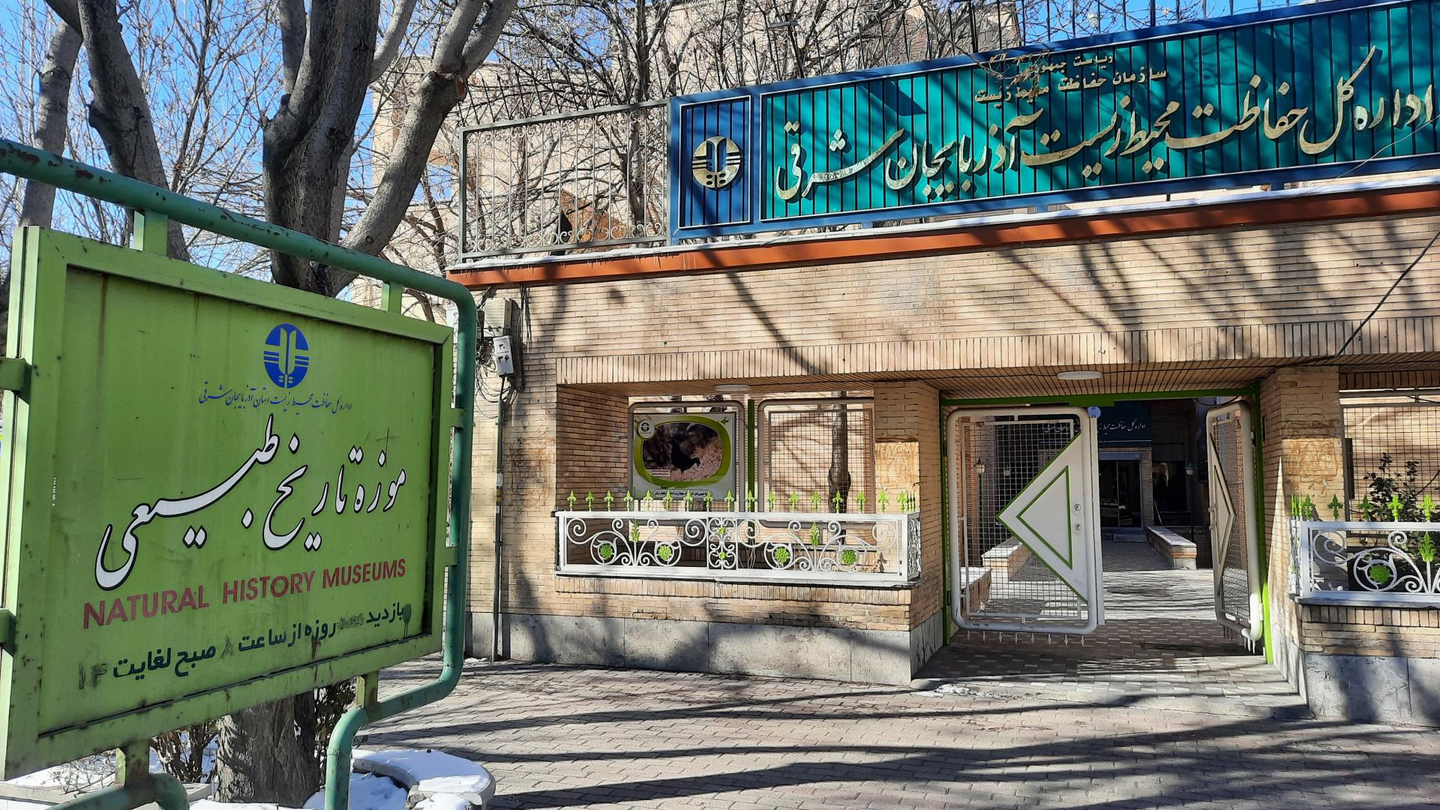






Choose blindless
Red blindless Green blindless Blue blindless Red hard to see Green hard to see Blue hard to see Monochrome Special MonochromeFont size change:
Change word spacing:
Change line height:
Change mouse type:

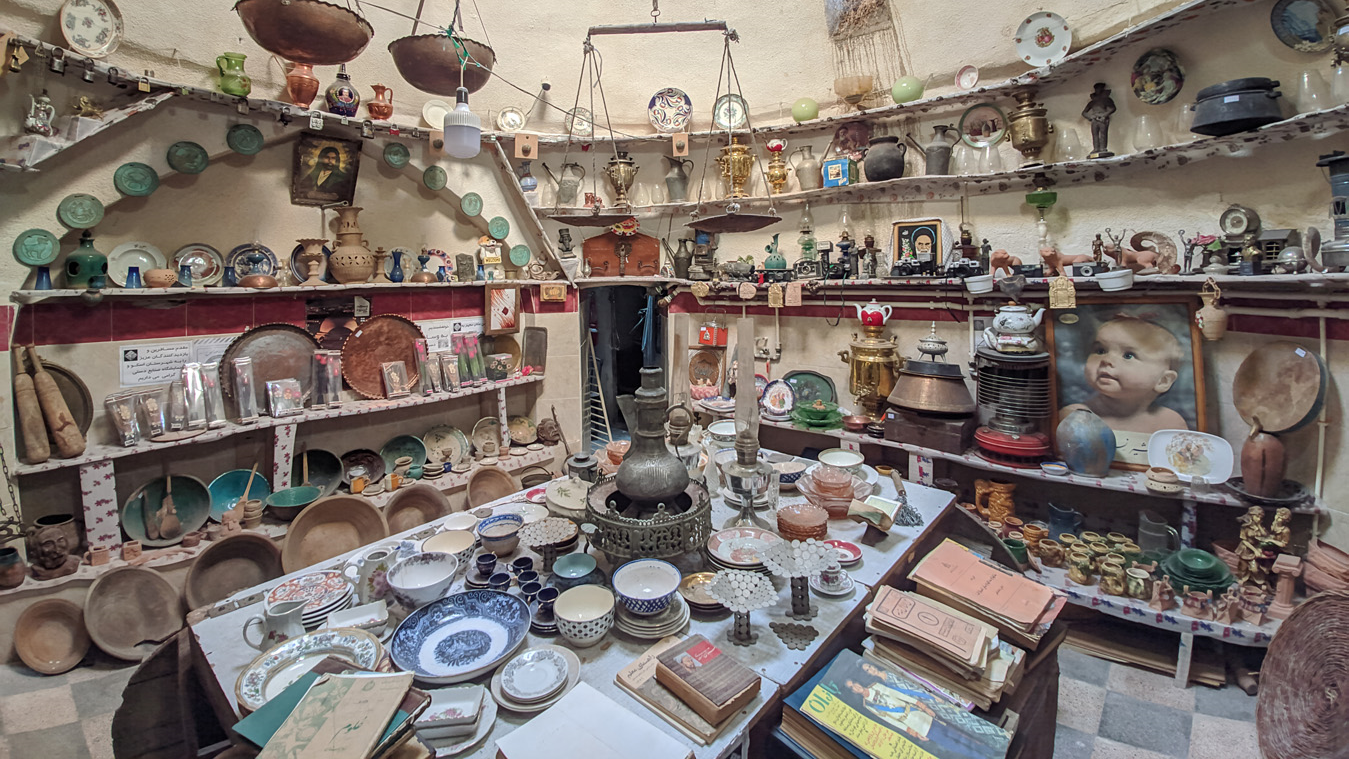




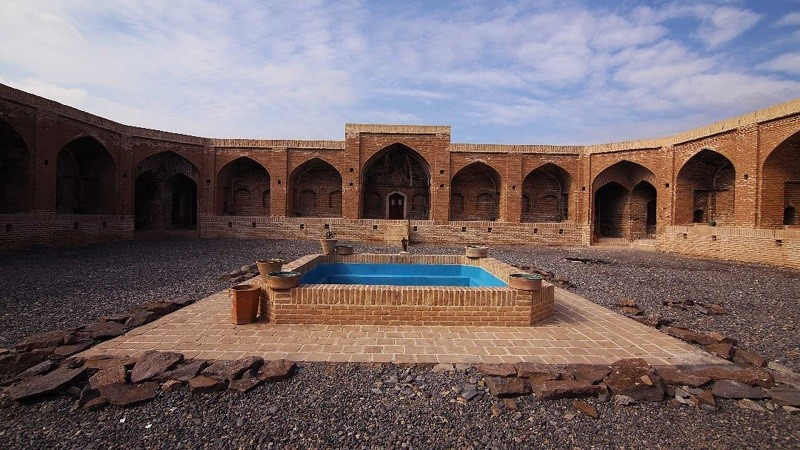
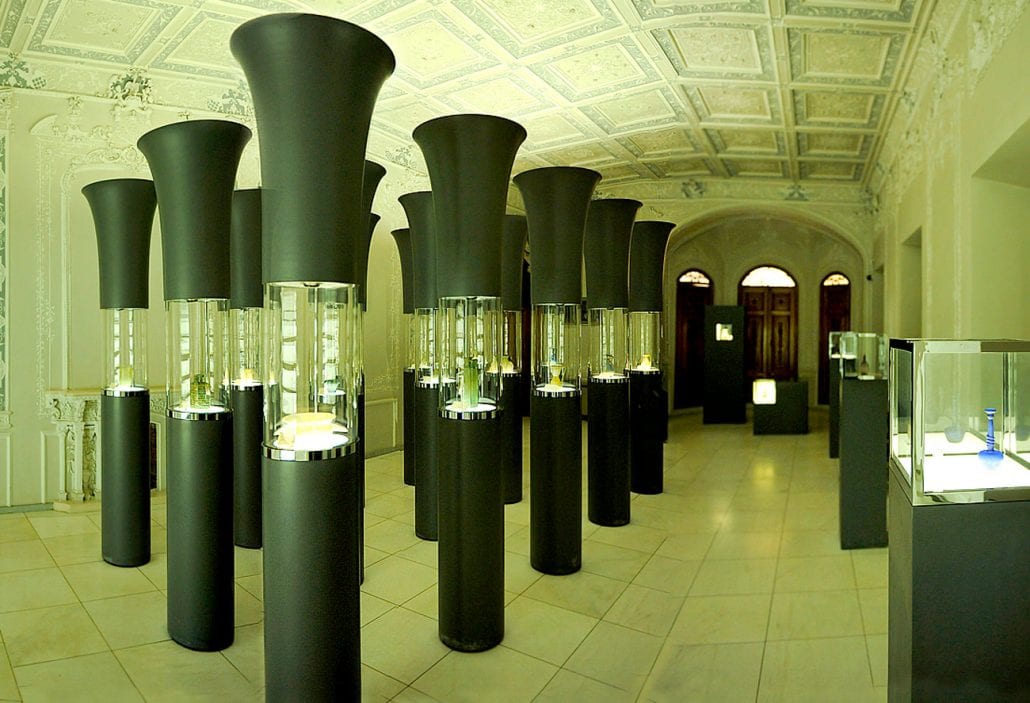

_crop_1.png)

